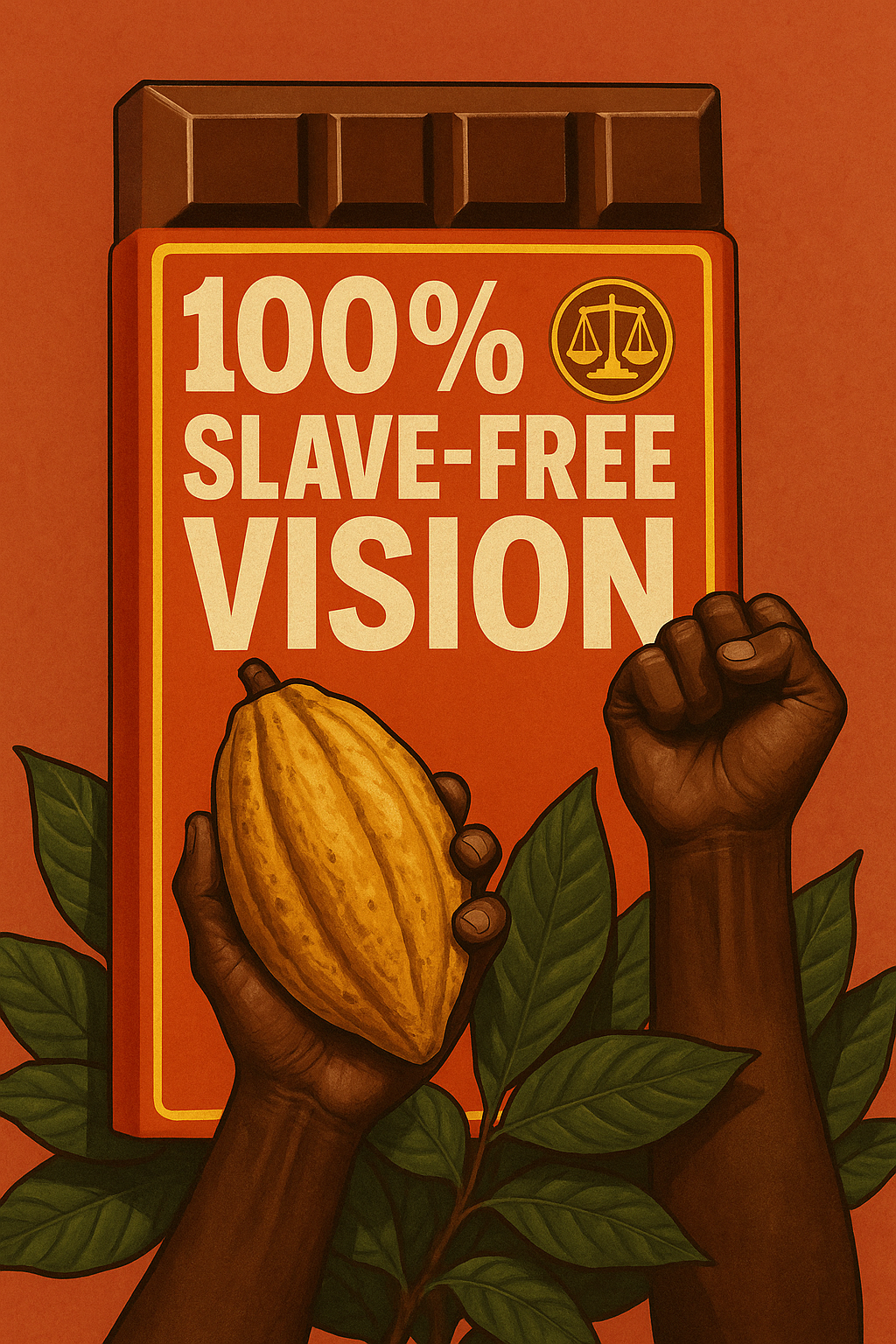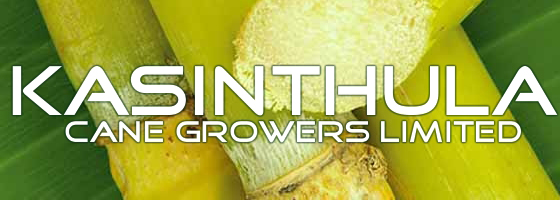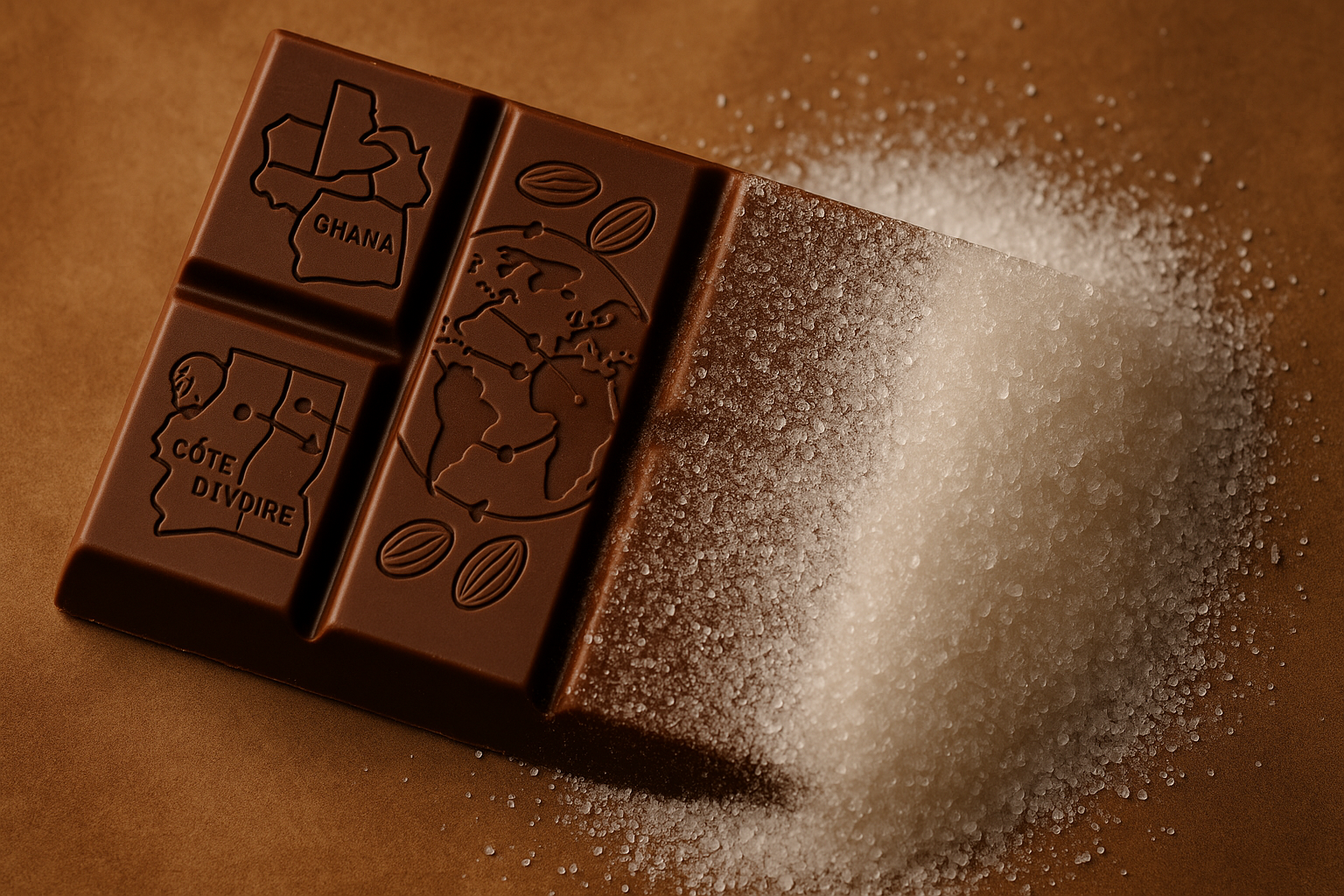 Tony’s Chocolonely has become the poster child for ethical chocolate fully traceable cocoa, direct farmer relationships, and a bold mission to make ‘100 % slave-free chocolate the norm.’
Tony’s Chocolonely has become the poster child for ethical chocolate fully traceable cocoa, direct farmer relationships, and a bold mission to make ‘100 % slave-free chocolate the norm.’
It’s an impressive achievement.
But there’s one ingredient that doesn’t quite fit the story, sugar.
The Cocoa vs Sugar Divide
Tony’s built its reputation on cocoa transparency. Every bean can be traced back to cooperatives in Ghana and Côte d’Ivoire, they pay above Fairtrade prices, invest in living-income models, and publish their data through the BeanTracker system a rare level of openness in the chocolate world.
But sugar typically 40–50 % of a milk-chocolate bar and 30–35 % of a dark one is treated very differently.
That’s not a minor ingredient. It’s almost half the bar.
Yet on Tony’s website, sugar appears simply as:
Fairtrade certified. Sugar with mass balance.
By contrast, companies such as Divine Chocolate specify their sugar’s exact origin directly from the Kasinthula Cane Growers’ Co-operative in Malawi, a fully traceable Fairtrade source.
That small line in Tony’s ingredient list hides a much larger inconsistency.
What “Mass Balance” Really Means
Under the Fairtrade mass balance system, certified sugar does not have to be physically separated from conventional sugar.
A company can mix the two, provided the total Fairtrade volume purchased equals the amount sold under the label.
In other words, Tony’s supports Fairtrade sugar producers in principle but the sugar in your bar cannot be traced to any specific mill, farm, or country.
It’s an accounting mechanism, not genuine supply-chain transparency.
Why This Matters
Sugar has its own long and painful history one inseparable from slavery.
From 18th-century Caribbean plantations to modern-day forced labour in Brazil, India, and Thailand, sugar’s human cost has been immense.
If we demand traceability and justice for cocoa farmers, shouldn’t the same moral logic apply to sugar farmersespecially when sugar is the dominant ingredient by weight?
Tony’s acknowledged this problem in their own post, Facing up to an inconvenient truth: we’re part of the sugar problem.”
Yet years later, there remains no public data on sugar origins: no named mills, no supplier countries, no transparent map.
 A Call for Consistency
A Call for Consistency
Tony’s deserves real credit for leading the ethical-cocoa movement.
But leadership means consistency.
If the vision is 100 % slave-free chocolate, that promise cannot stop at the bean.
It must extend to every ingredient especially the one that makes up almost half the bar.
A Constructive Way Forward
1. Publish sugar-supplier data with the same transparency as cocoa.
2. Commit to physically traceable Fairtrade or organic sugar move beyond mass balance.
3. Educate consumers about sugar ethics alongside cocoa justice.
4. Use influence to advocate systemic reform in the global sugar trade.
Transparency should never be a marketing story.
It must be a moral commitment and sugar, more than any other ingredient, reminds us that sweetness has a history.
Verified Sources (2025)
Tony’s Chocolonely product listings [us.tonyschocolonely.com](https://us.tonyschocolonely.com)
Tony’s Chocolonely blog Facing up to an inconvenient truth: we’re part of the sugar problem
Ethical Bargains: Tony’s Chocolonely Sustainability Review (2022)
Cocoa Runners: Our Two Cents on Tony’s (2023)
USDA FoodData Central Milk-chocolate sugar composition (45–55 %)
True Price / Tony’s Impact Reports (2018–2022)
